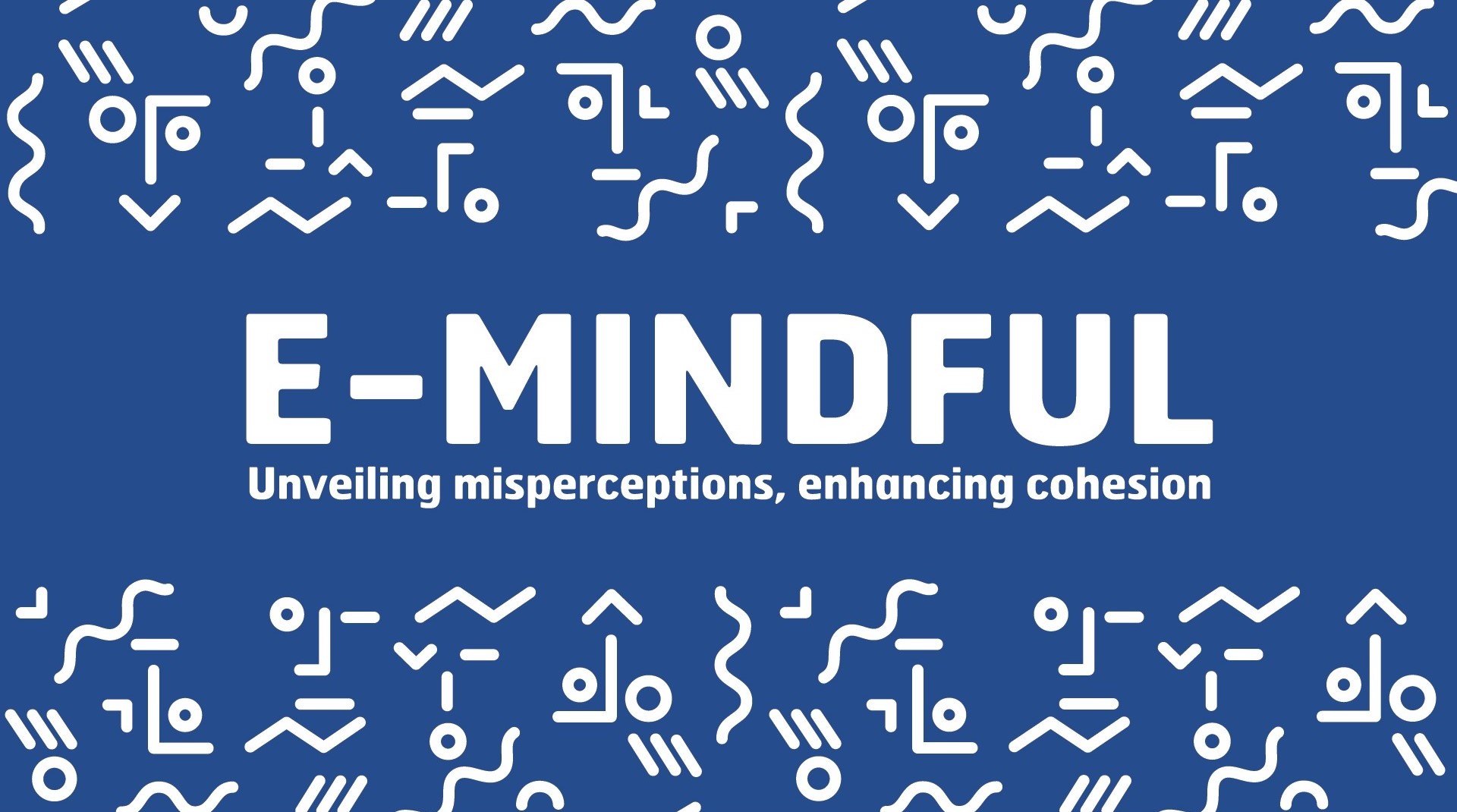Types of migration: voluntary vs. forced migration
Moving from a country to another is usually a way to access opportunities for self-improvement and growth – such as study, employment, research – or to establish businesses and enterprises, to reunite with family members and relatives who already live and work abroad, or simply to satisfy one’s curiosity to explore a new environment. In some cases, individuals are moved by growing income differentials between countries, paired with the dissatisfaction in the capacity of their home governments to address socioeconomic challenges, to fight against corruption, to minimize unemployment, to ensure equal access to basic services, such as quality education, hospitals, transport. In other cases, people move because of pressing needs due to sudden economic shocks, chronic hardship due to underdevelopment, famine, natural or man-made disasters, persecution, conflicts and social unrest, environmental degradation, climate change.

The everyday experience – confirmed by the vast literature on this subject – suggests that the decision to migrate is the result of a complex combination of individual and contextual drivers and determinants as well as geopolitical root causes – overall understood as “the underlying socioeconomic and cultural conditions or accumulation of grievances that progressively compel movement” .
On the basis of these determinants, international commitments have shaped around the distinction between voluntary and forced migration, the first understood as “an international movement based on the initiative and the free will of the person”, while the latter is defined as “a migratory movement in which an element of coercion exists, including threats to life and livelihood, whether arising from natural or man-made causes”. In a world in which forced displacement and voluntary migration are often inter-related, this distinction may result increasingly unhelpful, calling for a more comprehensive and forward-looking approach.
[1] Definitions are taken from the Glossary of Migration edited by the International Organization for Migration (IOM), the UN Migration Agency.
SUGGESTED CONTENT
